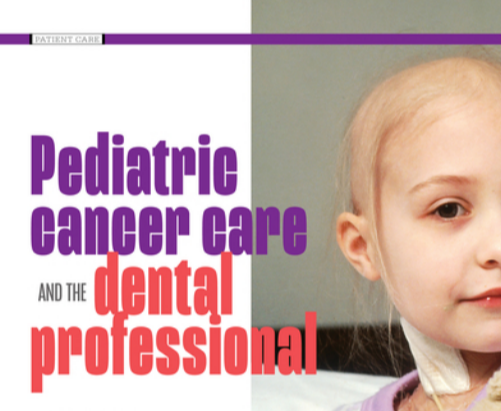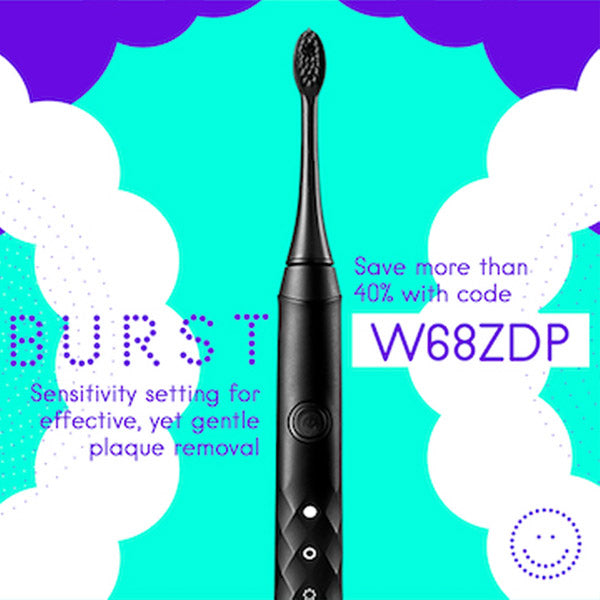Pediatric Cancer Care and the Dental Professional

Pediatric cancer care and the dental professional
Published in RDH Magazine
Feb. 20, 2022
Dental professionals may not be the first caregivers that come to mind when you think of pediatric cancer, but the disease and necessary treatments can greatly affect patients' oral health.
By Katharine Martinez, MPH, RDH and Jill Meyer-Lippert, RDH

Pediatric cancers are considered rare, yet rates have been rising slightly for the past few decades. According to the American Cancer Society, about 10,500 children in the United States under the age of 15 are expected to be diagnosed with cancer in 2021.1 Advances in treatment options have resulted in 84% of children with cancer now surviving five years or more. Because complications related to childhood cancers and their treatment can last for, or arise, many years after treatments are complete, it’s important for dental professionals to understand the risks and our role in protecting the oral health, quality of life, and safety of our patients who have faced or are currently battling a form of childhood cancer.2
Pediatric cancers are different from cancers affecting adults, even when the tumors occur in the same areas of the body. Children are most often affected by blood and brain cancers and central nervous system (CNS) tumors.3 Short-term and long-term oral side effects experienced can depend on:
- Type and location of the cancer
- Types of treatments
- Age of the child when treated
- Overall systemic health before treatment
- Overall oral health before treatment
- Child’s genetic makeup
According to the article “Significance of oral Candida infections in children with cancer,” children are three times more likely than adults to develop oral complications such as mucositis, xerostomia, bleeding, and infections during cancer treatment.4
Following are the most common treatments that have the greatest effect on oral health:





